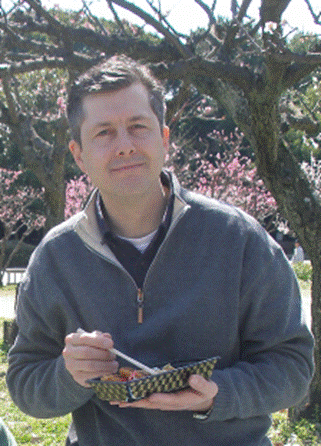Tokyo's metropolitan government announced this month that voluntary PCR testing for COVID-19 on employees by a trade group at Tokyo’s Toyosu Market has been completed, with a total of 71 people testing positive for the virus.
The tests were offered to about 3,500 employees working for roughly 480 seafood wholesalers. As the testing was voluntary, some people did not take it, citing various reasons that included not wanting to take time off for quarantine in case of a positive result.
The Tokyo Shimbun reported that from 2 November to 4 December, 3,111 people received the test, and the positive rate was 2.3 percent. Many of those who tested positive have already quarantined and returned to work.
Adding in cases that were discovered outside of the voluntary test, the total number of infected people in Toyosu reached 160. In relation to the 3,500 people working there – or even to the 3,111 people recently tested – approximately 5 percent of employees test positive for COVID-19, lower than the current percentage of positive cases in the city of Tokyo. On 18 December, the Tokyo metropolitan government reported that in the last seven days, 6,999 people were tested for COVID-19 and 7.3 percent were positive.
Tokyo Governor Yuriko Koike told reporters on 8 December that the higher number of infected people at Toyosu was a result of being voluntarily inspected. Typically, when testing is increased beyond those showing symptoms, positive cases also increase. It is therefore important in looking at the number of cases and the positive rate together to understand whether the people tested represent a broad sample of the community, as at Toyosu, Koike said.
The new Toyosu Market is sealed to preserve cold chain, which may make ventilation more difficult, though it is more spacious than its predecessor, the Tsukiji Market. Tourists are not allowed on the market floor at Toyosu, but are confined to two glass-enclosed viewing areas. However, buyers do visit the market. Alcohol hand spray, masks, and splash guards at stands have been used to reduce transmission of the virus since the pandemic hit Japan.
COVID-19 may survive on cold or frozen surfaces in theory, and China claims to have discovered some cases of the virus on frozen food packages. In practice, transmission typically requires touching the virus and then touching the mouth or eyes. In Japan, there have not been cases suspected of being transmitted from foods. However, many consumers wash or use disinfectant spray on the foods they buy.
Photo courtesy of Osugi/Shutterstock







